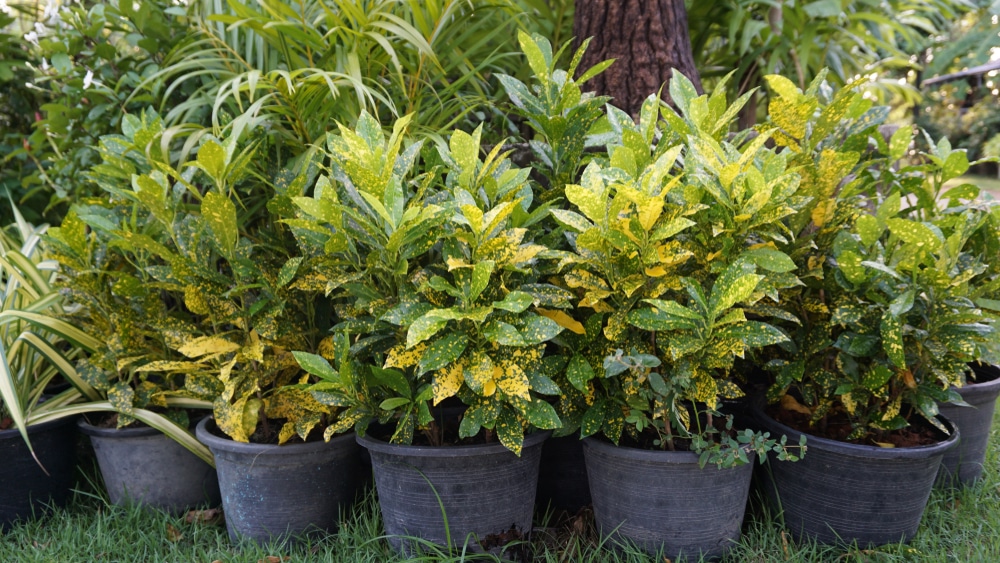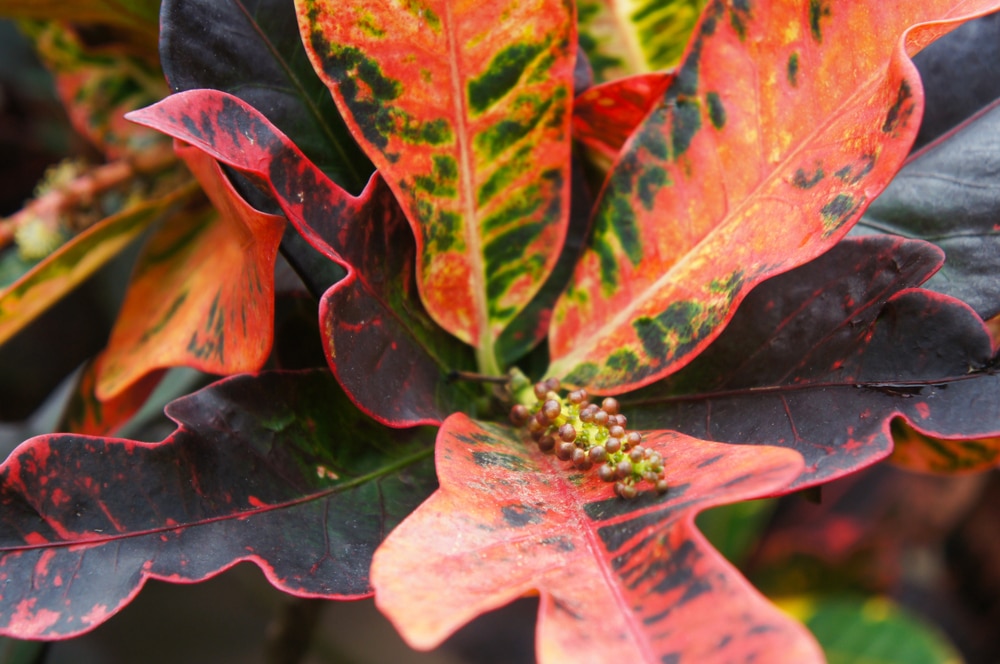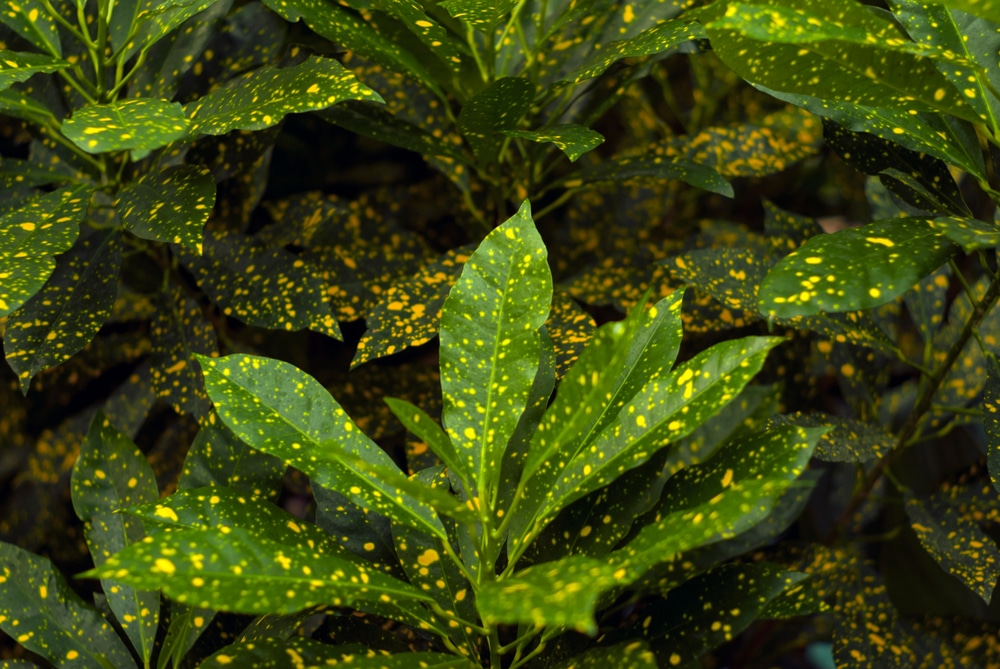If you’re looking for a big, bold houseplant sure to make a statement, the croton plant is a perfect choice! This tropical plant can grow up to ten feet tall and effortlessly adds a pop of color to any room. But how big does a croton plant get? Keep reading to find out!
How Big Does a Croton Plant Get?

How big and tall does the croton plant get? It is a common question among gardeners considering adding this vibrant and eye-catching plant to their homes. The truth is, the size of a croton plant can vary quite a bit, depending on the specific variety.
Some croton plants only grow to around a few feet tall, while others can reach up to ten feet. Regarding width, croton plants typically spread to about three to six feet. So, croton is worth considering if you’re looking for a large and dramatic plant. Just be sure to give it plenty of space to grow!
How To Grow Crotons
Crotons are beautiful tropical plants that can add a splash of color to any home. You can usually find them in any size or shade. However, there are a few things to remember when growing crotons:
- They prefer warm, humid conditions. If you live in a dry climate, you may need to provide extra moisture by misting the leaves or using a humidifier.
- Crotons need bright light to thrive. Place them near a sunny window or under grow lights.
- These plants can be poisonous if ingested, so keep them out of reach of children and pets.
With some care, your crotons will thrive and add beauty to your home for years.
Care and Maintenance of Crotons
Crotons are beautiful, unique-looking plants that can add a touch of tropical flair to any home or garden. Although they’re relatively easy to care for, there are a few things to keep in mind regarding their care and maintenance.
Crotons can get quite big – up to ten feet tall and six feet wide – so make sure you choose a spot with plenty of room for them. They also prefer bright, indirect sunlight, so another thing to remember is to find a place that gets plenty of light but isn’t too hot or sunny.
When it comes to watering, crotons like to have moist soil, but they don’t like to be soaked, so make sure you’re not overwatering them.
Lastly, crotons are typically low-maintenance when it comes to fertilizing, but if you want to give them a little boost, you can feed them once a month with a general-purpose fertilizer.
Conclusion
Crotons can grow surprisingly tall, making them a great addition to any home. They can also be grown outside in the right climate. With some care and attention, your croton plant will thrive and become a beautiful addition to your landscape. These plants are easy to propagate and can be used to add color to your landscape or can be grown as a hedge.

